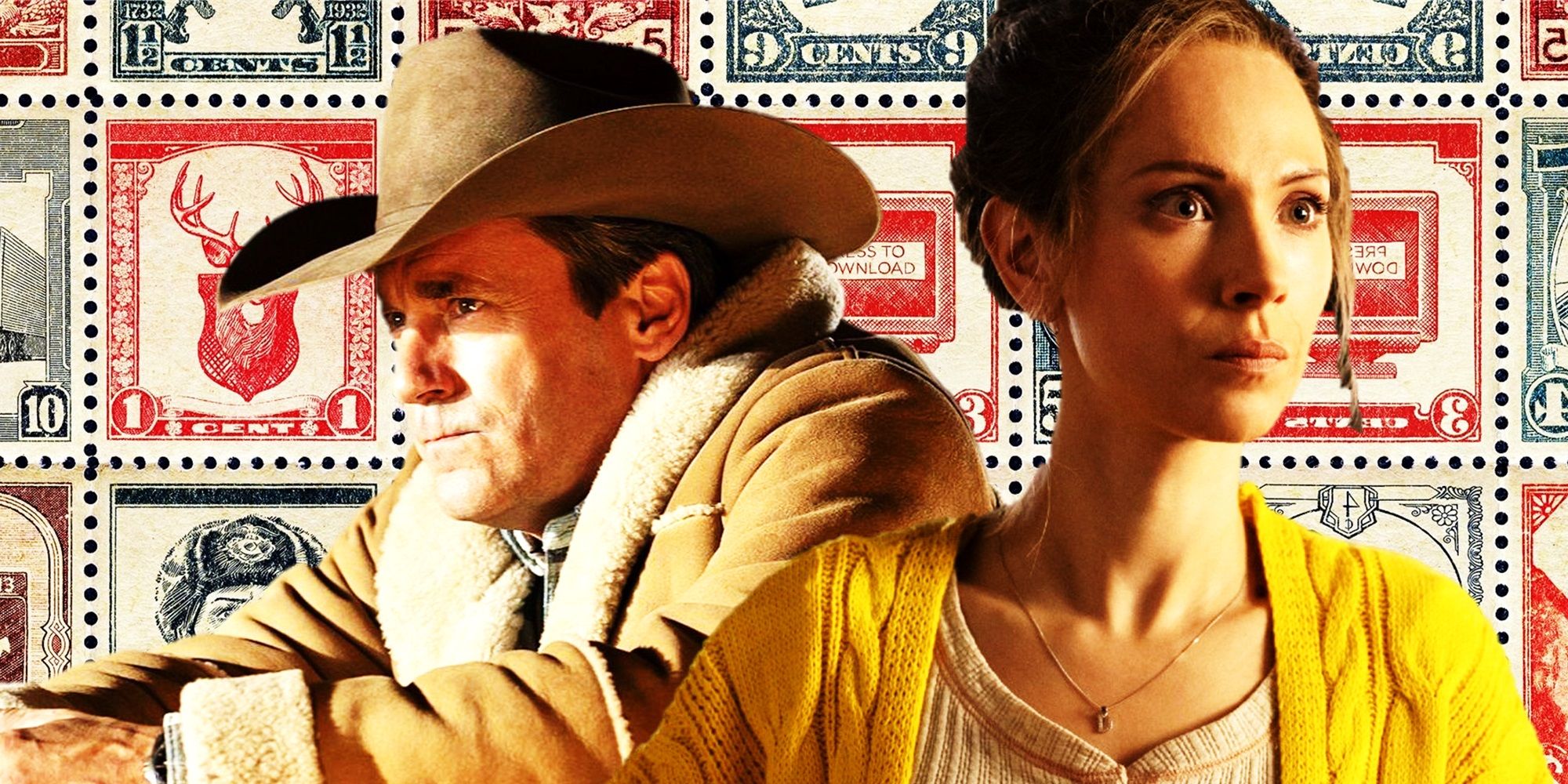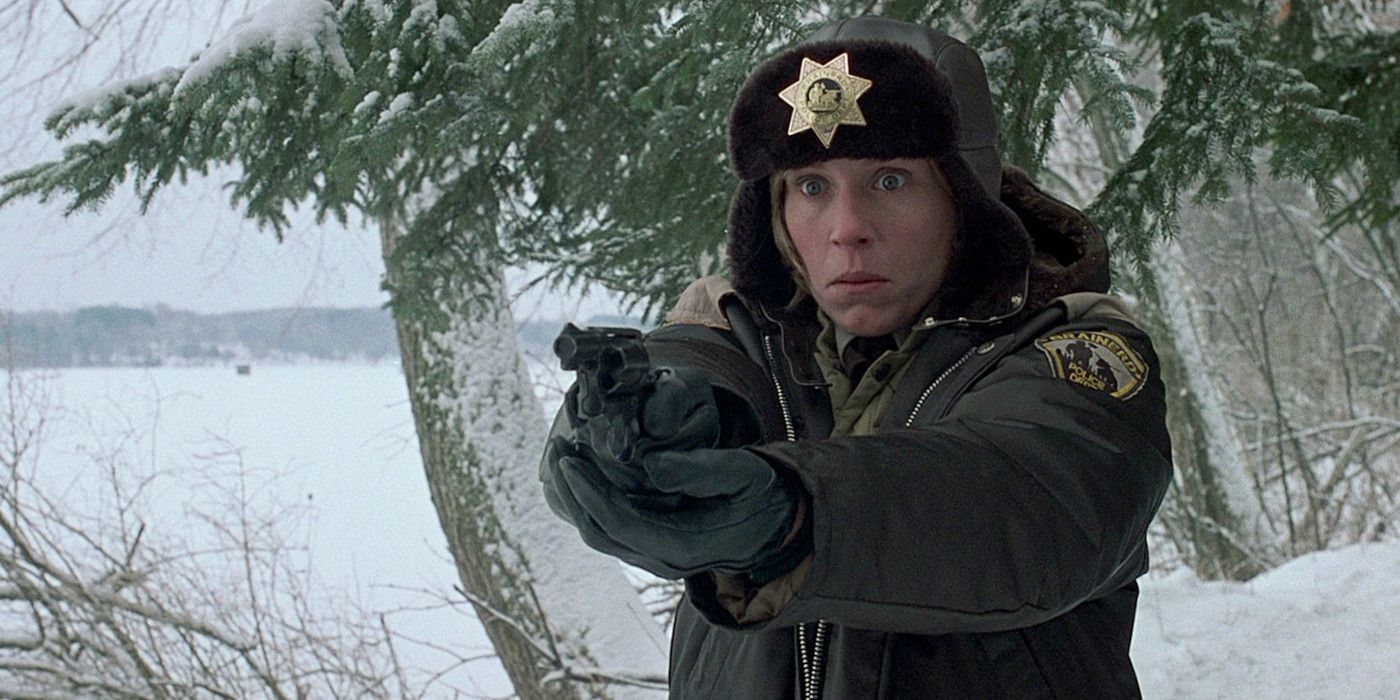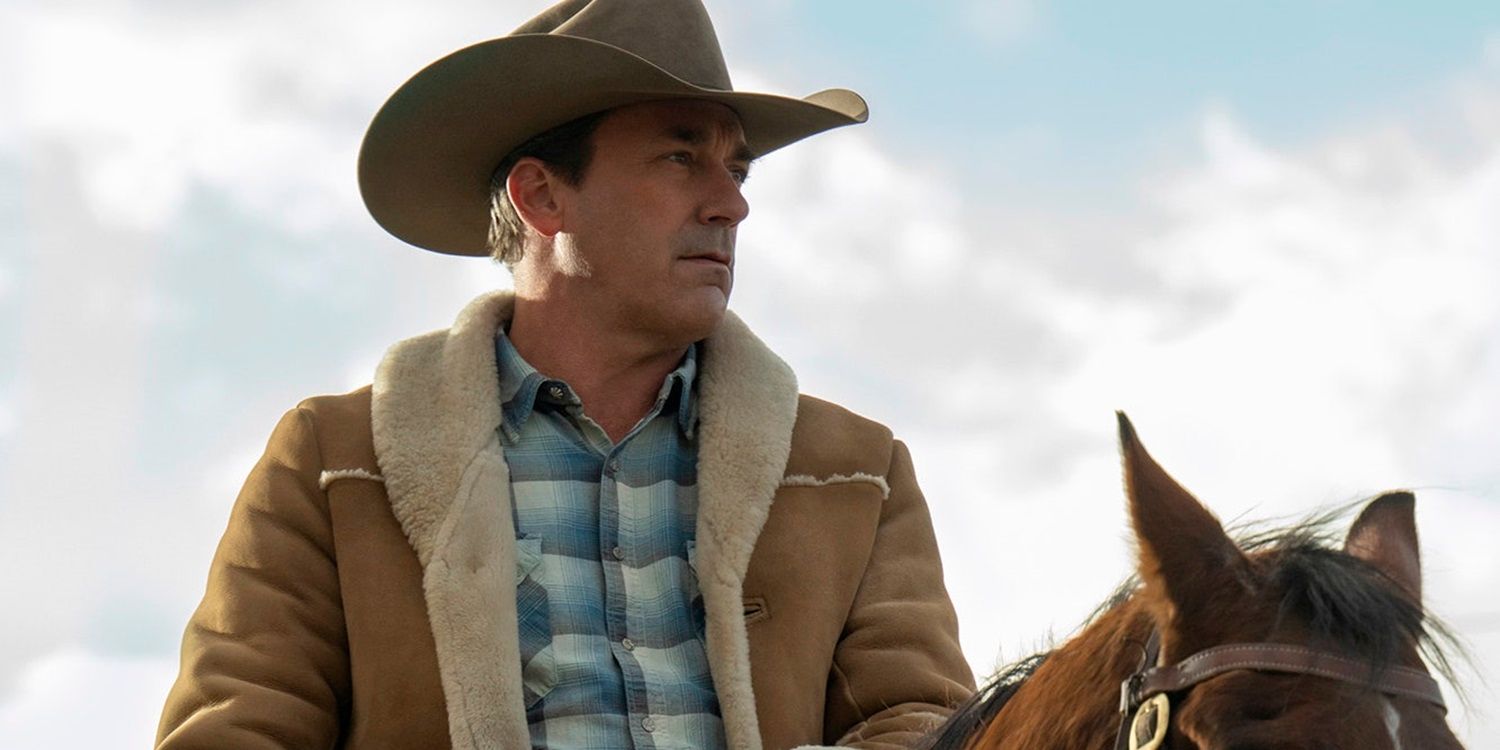Summary
- The Fargo franchise claims to be based on a true story, but in reality, it is mostly fictional and uses the "true story" claim as a trick to engage viewers.
- The Coen brothers' movie has a few elements of truth, such as a character based on a real-life fraud case and a murder inspired by a real crime, but the rest is fictitious.
- The Fargo TV show is entirely made up, with no real-life inspirations. The show, however, effectively convinces viewers of its realism by grounding the stories in a familiar history.
The Fargo franchise claims it is based on a true story, but the movie and TV show tell stories that aren't as reliable as that claim sounds. The acclaimed Coen brothers movie opened in 1996 by telling audiences that what they're about to see actually happened in some form. The opening title card of the film reads, "The events depicted in this film took place in Minnesota in 1987. At the request of the survivors, the names have been changed. Out of respect for the dead, the rest has been told exactly as it occurred."
Two decades after the success of the film, which won two Oscars, FX and Noah Hawley took the film's broad true-crime concept and quirky sense of humor and turned Fargo into an anthology series. None of the show's five seasons are a direct adaptation of the movie's plot (although season 5 is pretty close), but they all open with a slightly tweaked version of that title card claiming that the story about to unfold is based on true events. However, this isn't necessarily true.

Fargo Season 5 Episodes 1 & 2 Recap: Dot's Connection To Sheriff Roy Tillman & 7 Other Reveals
Fargo season 5 has gotten off to an exciting start with a two-episode premiere explaining Dot's connection to Sheriff Tillman and a few other reveals.The Fargo Movie & TV Show Is Not Based On A True Story
But There Are Elements Of Truth In The Movie
The Fargo franchise consists of mostly fictional stories that use the "true story" claim to trick viewers. The Coens' movie is the closest example of a "true story" within this series. William H. Macy's character, Jerry Lundegaard, was based on the true story of a General Motors Finance Corporation employee who committed fraud using vehicle serial numbers. The murder of Connecticut resident Helle Crafts, whose husband killed her using a woodchipper, inspired the infamous woodchipper scene in Fargo. These two minor details are the only "true" parts of Fargo; Joel Coen confirmed that the rest of the movie's characters and plot points are fictitious in a Huffington Post interview.
As for the Fargo TV show, there are no real-life inspirations that Hawley adapted. In an interview with Men's Health, Hawley explained that every season of the show is "all just made up." He never sought out a true-crime jumping-off point; he starts with characters that interest him and works out the stories from there. Still, Fargo manages to do a great job of tricking viewers into believing that these stories are real. Beyond their grounded nature, setting the stories in a familiar history helps make the events more believable. Season 4's Kansas City crime syndicates are rooted in reality, and season 2 featured Bruce Campbell as Ronald Reagan.
How Fargo Season 5 Continues The True Story Trick
It Once Again Claims To Be Based On Real Events
Like the previous seasons, Fargo season 5 claims to be based on a true story, but is actually a fully fictional story cooked up in Hawley's imagination. However, this one has closer links to the truth than its predecessors because it's the season that most closely follows the plot of the movie. A Midwestern housewife is abducted from her home by two masked assailants in a complicated criminal scheme, the rich in-laws refuse to give up any of their wealth for a ransom, and the mild-mannered husband works at a car dealership. In that sense, Fargo season 5 could be linked back to the original true-crime case that inspired the Coens' movie.
For both the movie and TV show, saying any of these Fargo adventures are entirely true stories is disingenuous, and the repeated assertion that they are is a cheeky joke at the audience's expense — in this way, the show is gently mocking its audience for being gullible. But, it is also part of the charade that makes audiences so invested in the events of Fargo as they unfold. The gambit arguably works even better in the TV format than it did in the movie, because it keeps viewers hooked on the serialized week-by-week storytelling.
Source: Huffington Post, Men's Health



